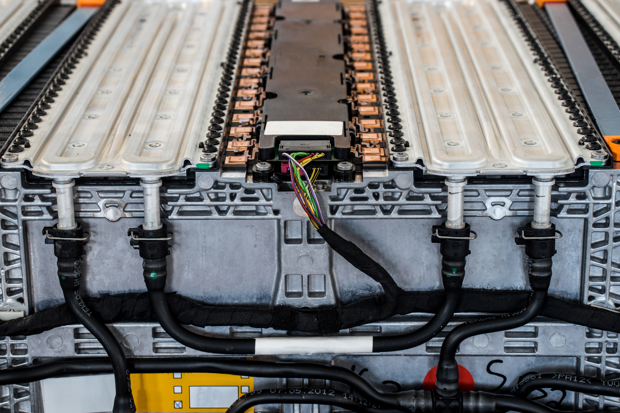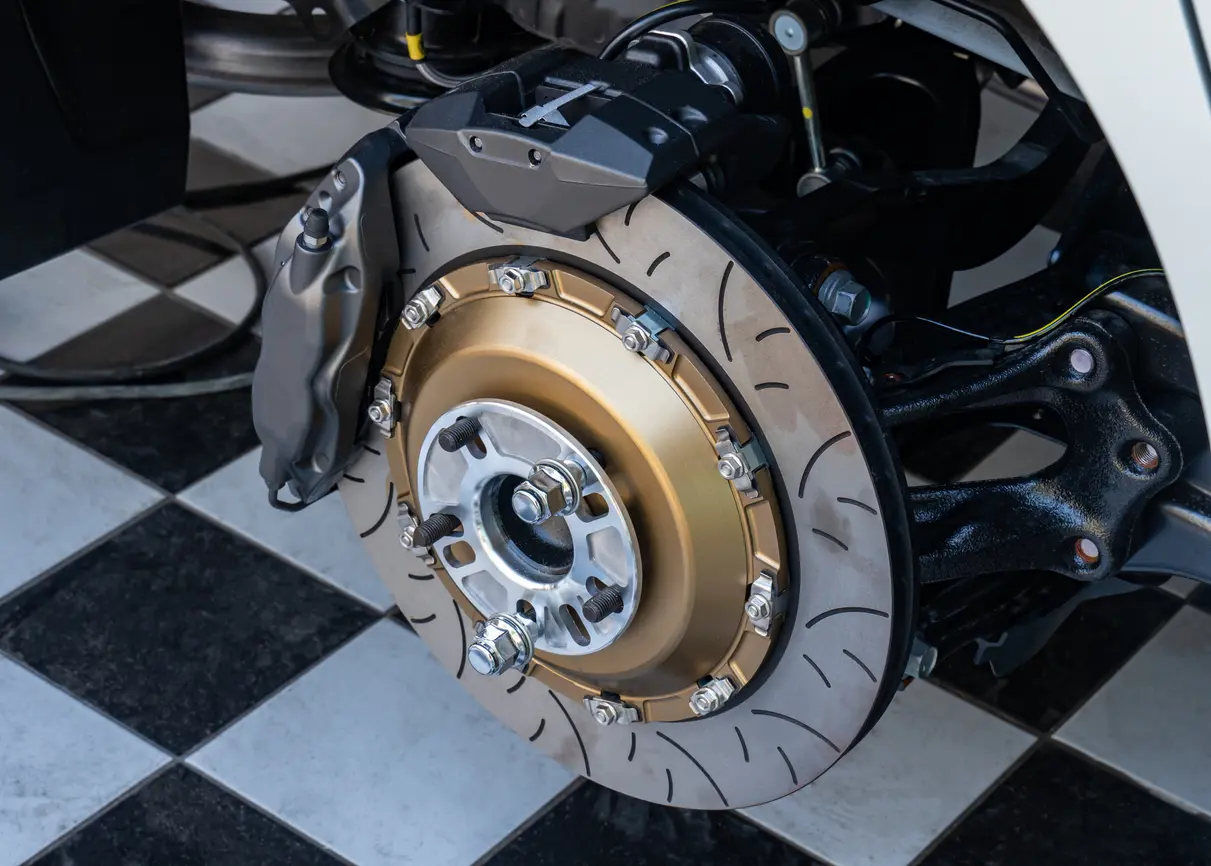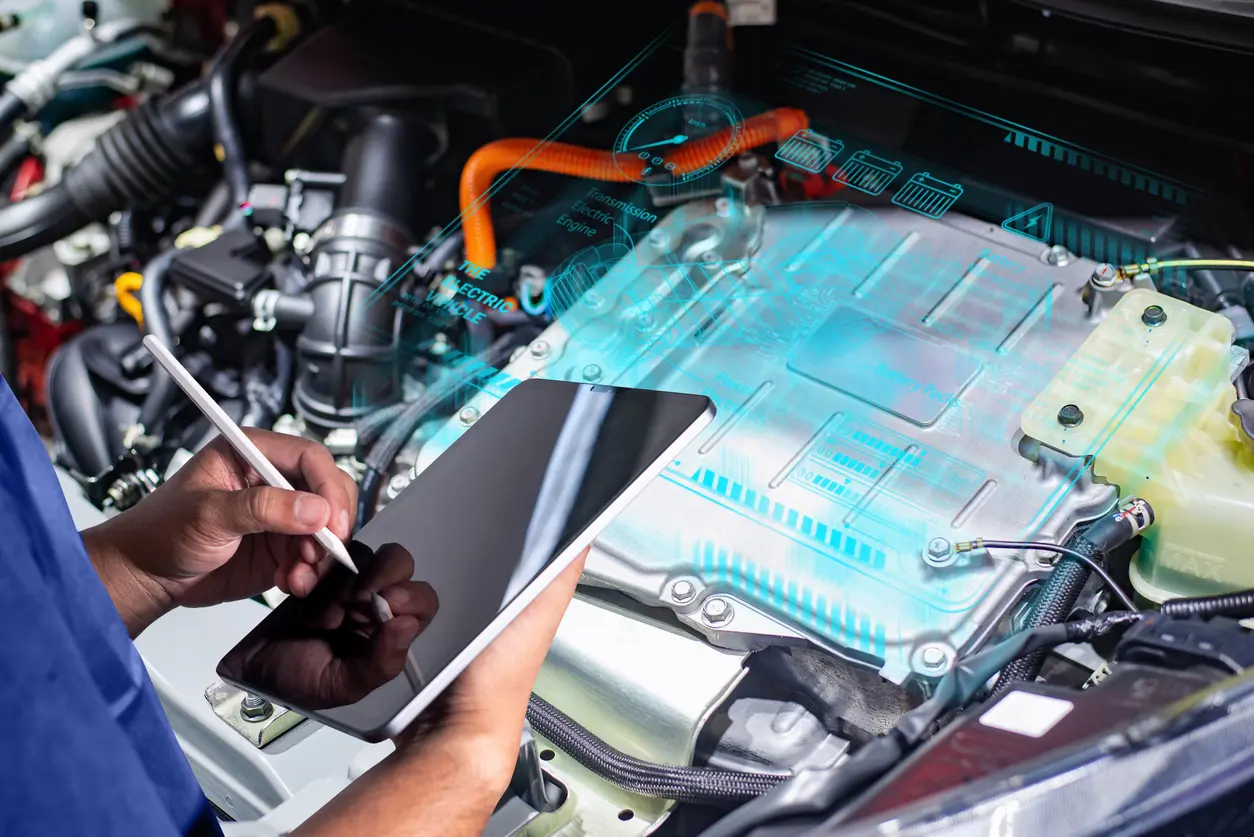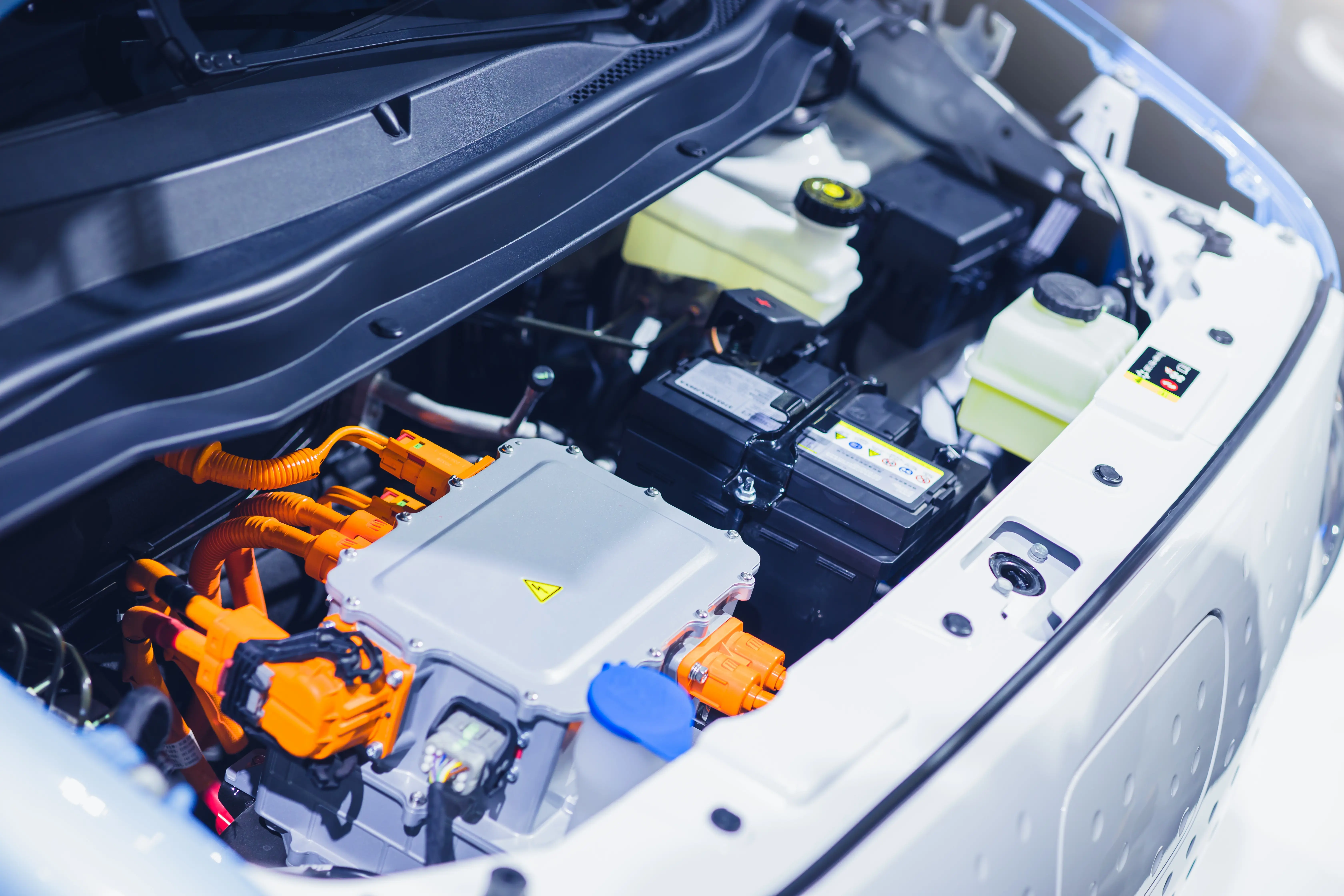Do EVs Use the Same Fluids as Gas-Powered Cars?
These two types of vehicle have only a few fluids in common. Battery electric vehicles (BEVs), for example, don’t need engine, transmission or gear oil because they don’t have a gas-powered engine. However, if you drive a hybrid, you’ll still need these types of oil.
Coolant, though, is one fluid that EVs and internal combustion engines (ICEs) have in common. But while coolant in an ICE vehicle is used to cool down the engine, in an EV, it’s used to cool down the battery.
How Do EV Batteries Work?
All electric vehicles, whether hybrid or BEV, use lithium-ion batteries to power their drivetrains and other car functions. This type of battery can be as familiar to you as those AAA batteries you recharge in your wall socket or as invisible as the ones inside your smartphone.
However, whereas that tiny AAA battery seems to run out of juice the moment you forget about it, an EV’s lithium-ion battery can hold enough charge to power a typical home for a few days. This incredible charging capacity gives your vehicle the ability to drive up to 600 km on one charge (this varies considerably by car).
What Happens If an EV Battery Overheats?
Although an EV battery can explode, it’s highly unlikely to do so. An American insurance company analyzed data from the U.S. National Transportation Safety Board, the Bureau of Transportation Statistics, and the U.S. government’s recall data. They found that, while vehicle fires in gas-powered vehicles averaged 1,530 fires per 100,000 sales, electric vehicles averaged just 25.1 fires per 100,000 sales.
So, it’s extremely rare that an EV battery will catch fire. But that doesn’t mean you can ignore an overheating battery!
You’ve probably heard that a battery operating below the optimal temperature of 20 to 30 °C loses up to 30% of its charging capacity. This happens because the cold slows down the chemical reactions inside the lithium-ion battery powering the vehicle. However, too much heat also slows down those same reactions. Humans aren’t much different: if our environment is too cold or too hot, we slow down, too.
What Does Coolant Do?
Think of coolant like that tall glass of ice water you drink to lower your body temperature when it’s 35°C outside. Although your EV won’t have ice flowing inside it, it does have coolant.
In an EV, coolant circulates through tubes that surround the battery to keep its temperature in that sweet range of 20 to 30°C. This ensures that your vehicle gets as much range as possible.

Does EV Coolant Need to Be Changed?
Yes. If you drive an ICE vehicle, check the coolant every six months and change it every few years.
Although your EV coolant should be inspected when you take your vehicle in for maintenance, you should only need to replace it about every ten years.
To confirm the coolant check and replacement intervals for both vehicle types, refer to your owner’s manual.
How to Prevent Cars From Overheating
Coolants can only do so much. If you’re going to blast your air conditioner while you’re on a road trip, but the windows are down and it’s 40°C outside, well, you’re asking for trouble!
Assuming that’s not the case, follow these guidelines so you reduce the risk of an overheated engine:
-
Charge your vehicle in early morning, late evening, or overnight. If you must charge during the day, do so in a shaded area.
-
Take more frequent driving breaks – and take them in a sheltered spot – if you plan to drive long distances in hot weather. Both the ambient heat and your higher use of the A/C will make your coolant work overtime.
-
Park in the shade whenever possible.
-
Drive on the slower end of the legal limit if the weather is hot outside.
If you have any questions about an overheating EV battery, contact your nearest NexDrive centre. Our EV experts will be more than happy to answer your questions.
Other Resources

Why do electric car tires wear out so fast?
EV tires experience increased tread wear because of instant torque and unsprung weight. Learn why electric vehicles lead to worn-out tires and how to extend the lifespan of EV tires with proper maintenance.

Why regenerative braking is bad for your brake pads
Regenerative braking improves energy efficiency, but can cause brake pad issues because of reduced mechanical brake use. Learn how to maintain your brake system and prevent costly repairs in this article.

Does an EV need regular general maintenance?
Although EVs require less maintenance than gas-powered vehicles, they still need regular care. Learn about battery health, brake maintenance, and more here.
